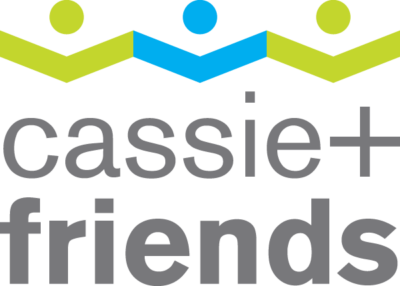In children with the type of juvenile idiopathic arthritis (JIA; the word “idiopathic” means the cause is unknown) referred to as oligoarticular JIA (children with fewer than five joints involved; the name “oligo” comes from the Greek word meaning “few”), the antinuclear antibody test (ANA) is positive in about 90% of children. This type of arthritis is most common in young children and more common in girls. In this type of arthritis, about 10% of children might have a negative test for ANA. It is unclear if having a negative ANA in these children affects the severity of the uveitis; in the past, there was some suggestion that the course of the uveitis might have been somewhat less favorable in those who are ANA negative because they were not followed with eye examinations as rigorously as those who had a positive ANA. However, there is no substantial evidence that the uveitis course is substantially different in children with and without ANA. Children who present with the type of JIA referred to as ERA (Enthesitis Related Arthritis; enthesitis refers to inflammation where ligaments and tendons insert onto bone), which tends to occur in older children and is more common in boys, are almost always ANA negative. Their uveitis tends to be more episodic and associated with symptoms such as redness and eye pain.
Some children with arthritis and uveitis might eventually go on to develop psoriasis (a skin condition) or inflammatory bowel disease (Crohn’s Disease or Ulcerative Colitis); both of these conditions can be associated with uveitis in some children, and they are more likely than oligoarticular JIA patients to have a negative ANA test (although some might have a positive ANA test). So, while the ANA test is a marker for uveitis associated with a specific JIA class, a positive ANA test is not essential for making the diagnosis of uveitis and, at this time, is not known to predict the outcome of the uveitis.





Leave A Comment